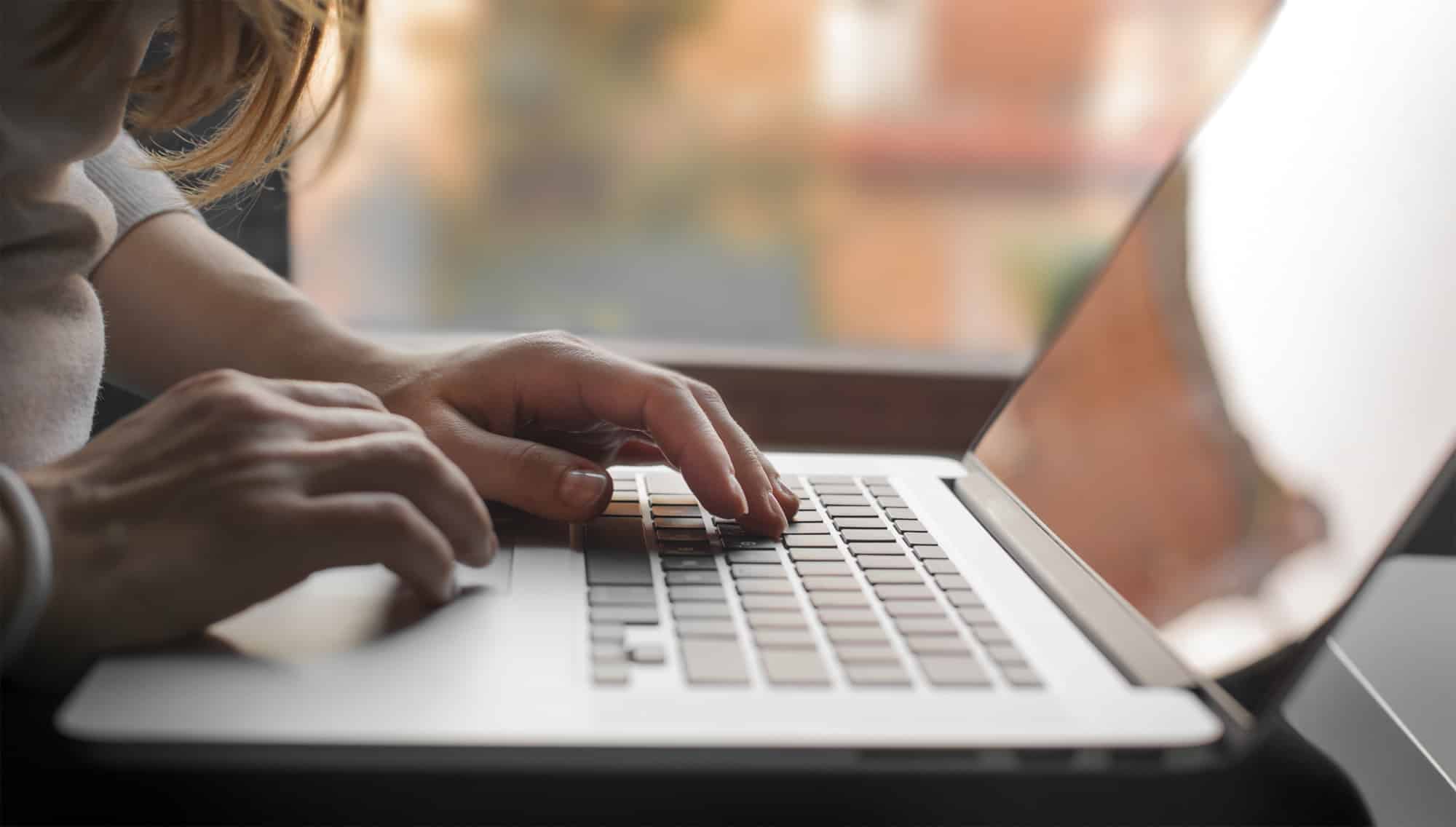Estimated reading time: 5 minutes
In the final quarter of 2019, Apple made a staggering $7 billion off of Mac sales alone. That’s on top of the estimated 3 million Mac units sold during the first quarter of 2020.
If you’re one of these proud new owners of a Mac, then you’re likely excited to nail down all its keyboard shortcuts. Shortcuts, after all, can you save up to 64 hours in a year.
In any case, some of the best shortcuts that you should master first are those for taking a screenshot on Mac. You read “shortcuts” right — there’s more than one way to grab images of your Mac’s display screen.
Ready to learn all about how to take a picture on a Mac and where exactly these images get saved in? Then let’s dive right into it!
Your Options When Taking a Screenshot on Mac
There are three keyboard shortcuts you can use to take a screenshot on Mac laptops without a Touch Bar. If you own a Touch Bar-equipped MacBook Pro, however, you’ve got four options. This extra one lets you capture a screenshot of the Touch Bar itself.
Taking a Screenshot of the Entire Screen
Regardless of the Mac model you own, pressing the Command + Shift + 3 keys will give you a full screenshot. If you have your Mac’s sound turned on, you should hear a camera-like “click” after pressing these keys. This indicates that you’ve successfully captured a screenshot of your entire screen.
Taking a Screenshot of a Specific Section of the Screen
If you want a screenshot of just a specific area of your screen, press Command + Shift + 4. This should turn your cursor into something that looks like a crosshair. You can then click and drag the crosshair on the section of your screen that you want to take an image of.
Taking a Screenshot of the Touch Bar
The Touch Bar, which Apple added to some 2016 (and later) models of MacBook Pros, acts as a second, mini-display. Since it’s a “second” screen, you can also take screenshots of anything that it has on display.
To do that, just press Command + Shift + 6.
If you only want to copy what’s on your Touch Bar, hit Control + Command + Shift + 6. This will create a copy of what’s running on the Touch Bar to your clipboard. You can then paste this in another app.
The Touch Bar also allows you to create your own custom screenshot button. If you decide to make one, your Mac will add the button to your Touch Bar’s Control Strip. This then lets you take screenshots of both the Touch Bar and your Mac’s own display screen.
To add the screenshot button, open your System Preferences and then head over to “Keyboard”. Choose “Customize Control Strip” and pick the option for creating a screenshot button. You can then drag and drop this on any area of your Touch Bar strip.
Taking Screenshots and Video Recordings of Your Mac’s Screen
The best way on how to screenshot a Mac screen is with the “Command + Shift + 5” keyboard shortcut. This shortcut will open up your Mac’s very own “Screenshot Utility”. It’s Mac’s version of the Windows’ snipping tool.
The Screenshot Utility panel lets you take three different types of image-based screenshots. Best of all, it allows you to record videos of your screen without the need for additional apps or software. Even the sound that these videos capture is pretty decent and clear.
The first option lets you capture your entire screen, which is the same as the Command + Shift + 3 shortcut. The second one is for grabbing only the selected window. The third will give you the crosshair for taking a screenshot of the selected area of the screen.
Next up, we have the “Record Entire Screen” option. Choose this if you want to take a video of everything that you’re doing on your Mac. This is pretty useful if you want to make “how-to” videos or simply share a video of your display screen.
The fifth and last option in your Screenshot Utility lets you record a selected area of your screen. This is great if you rather not show everything on your screen, such as saved bookmarks or desktop files.
Where Do Screenshots Go on Mac?
By default, your Mac saves all your captured screenshots and videos on the desktop. This is fine if you don’t need to take plenty of them. However, if you need to take dozens of screengrabs, you’d want to change the default save location.
Otherwise, your Mac’s desktop will quickly get cluttered and disorganized. To prevent this, you should change the default save location of your screenshots.
You can do this by opening your Screenshot Utility panel (Command + Shift + 5). If you click on “Options”, this will bring up an extension window. The top-most tile of that window will give you a bunch of “Save to” location options.
To save your screenshots in a specific folder, choose the “Other Location” option. You can then select the folder from there or create a new one where you want your screenshots to get saved in.
Screenshot Away With These Nifty Keyboard Shortcuts
There you have it, your complete guide on taking a screenshot on Mac, and how to change the default save location. Now that you know, then be sure to get these shortcuts memorized soon! This way, you can keep clicking away while keeping your Mac’s desktop clean and organized.
Ready for more techy and geeky tips and tricks like this? Then feel free to check out the rest of the TechyGeeksHome site or follow us on social media!
Share this content:
Discover more from TechyGeeksHome
Subscribe to get the latest posts sent to your email.
